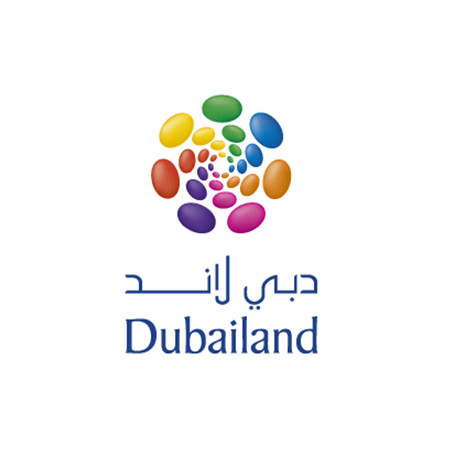Entrepreneurs
Dubailand: The Rise, Fall, and Revival of Dubai’s Entertainment Dream

Dubailand was formally announced on October 23, 2003, by Tatweer, a subsidiary of Dubai Holding. The plans consisted of an area of 278 square kilometres with 45 mega-projects and 200 sub-projects. These were to be implemented for turning the emirate into an international tourism center. The six worlds of Dubailand were set up to cater for different experiences and enjoyments: Attractions and Experience World, Sports and Outdoor World, Eco-Tourism World, Themed Leisure and Vacation World, Retail and Entertainment World, and Downtown Dubailand.
All these areas were supposed to accommodate a variety of amusement, including theme parks, hotels, residential places, and shopping malls. For this purpose, the central part of Dubailand was supposed to meet the needs of several varied audiences, such as families who would be visiting to have their share of fun in the theme parks, adventure and ecotourism enthusiasts, and so on.
Dubailand received a severe blow when, on account of its ambitious timing and construction, it suffered crucial hits from the global financial crisis of 2007–2008. The Great Recession in tandem with the crash of Dubai’s housing market in 2009 suspended nearly all of the under-construction projects. Most of the investors withdrew, and most of the sub-projects either went pending or into cold storage. Some of the largest theme park collaborations, including Six Flags and Marvel, were shelved indefinitely, which was a crushing blow to the early phase of the Dubailand vision. All this while, more than $55 billion had been raised toward its development, but the project was not faring well. Most key investors had lost interest by 2012, and the project was taken over by Dubai Properties Group from Tatweer for continued development on residential communities, such as the Mudon project.
It seems that 2013 was the year when, after years of stagnation, a semblance of momentum seemed to be regained for this Dubailand. The opening of Dubai Miracle Garden in March 2013 marked a restart in the comeback story of Dubailand. This stunning floral attraction soon became one of Dubai’s iconic tourist attractions, attracting millions of visitors around the year with its incredible spread of more than 72,000 square meters. Just adjacent to it, the Dubai Butterfly Garden, opened in 2015, accelerated the already started popularity of the area. Major attractions were opened in 2016, such as Legoland Dubai and Motiongate Dubai, almost 35 kilometres from Dubailand, with rides and experiences based on DreamWorks themes. These developments revitalized the entertainment sector in the area, bringing Dubai one step closer to what it had envisioned for Dubailand.
In spite of all the delays and setbacks, Dubailand remains one of the biggest entertainment districts to continue growing in the years to come. Many high-profile projects are scheduled for completion by 2025 that might make it the entertainment powerhouse it was envisioned to be in the first place. Dubailand’s future may consist of large attractions, residential developments, and eco-tourism destinations.
As Dubai Solidifies its Claim as the Place of Innovations and Tourism, Dubailand will be the Ultimate Controller of the Entertainment and Enjoyments of the City. So something like the Dubai Miracle Garden and the surrounding parks is a glimpse of the big vision that sparked the project and how even financial crises can only make Dubai’s ambition go on the back foot but cannot stop it.
